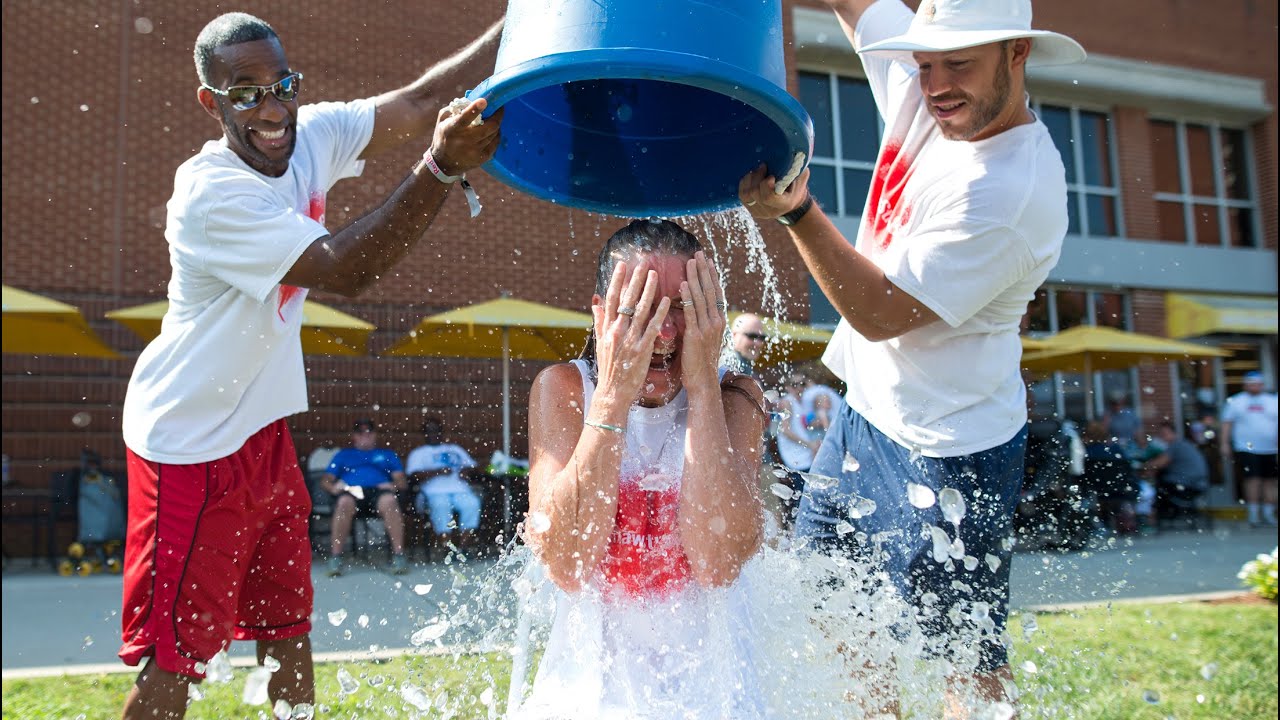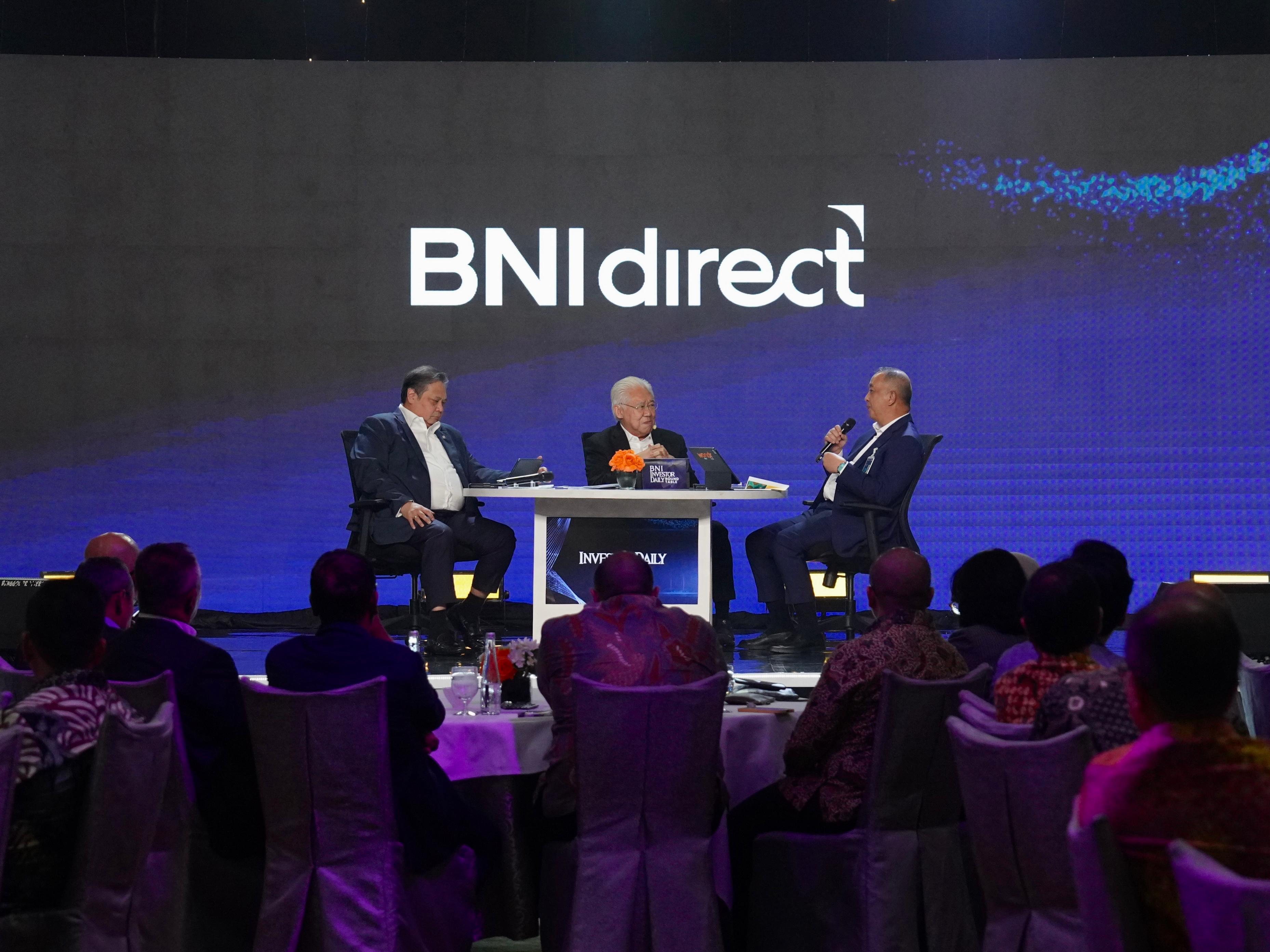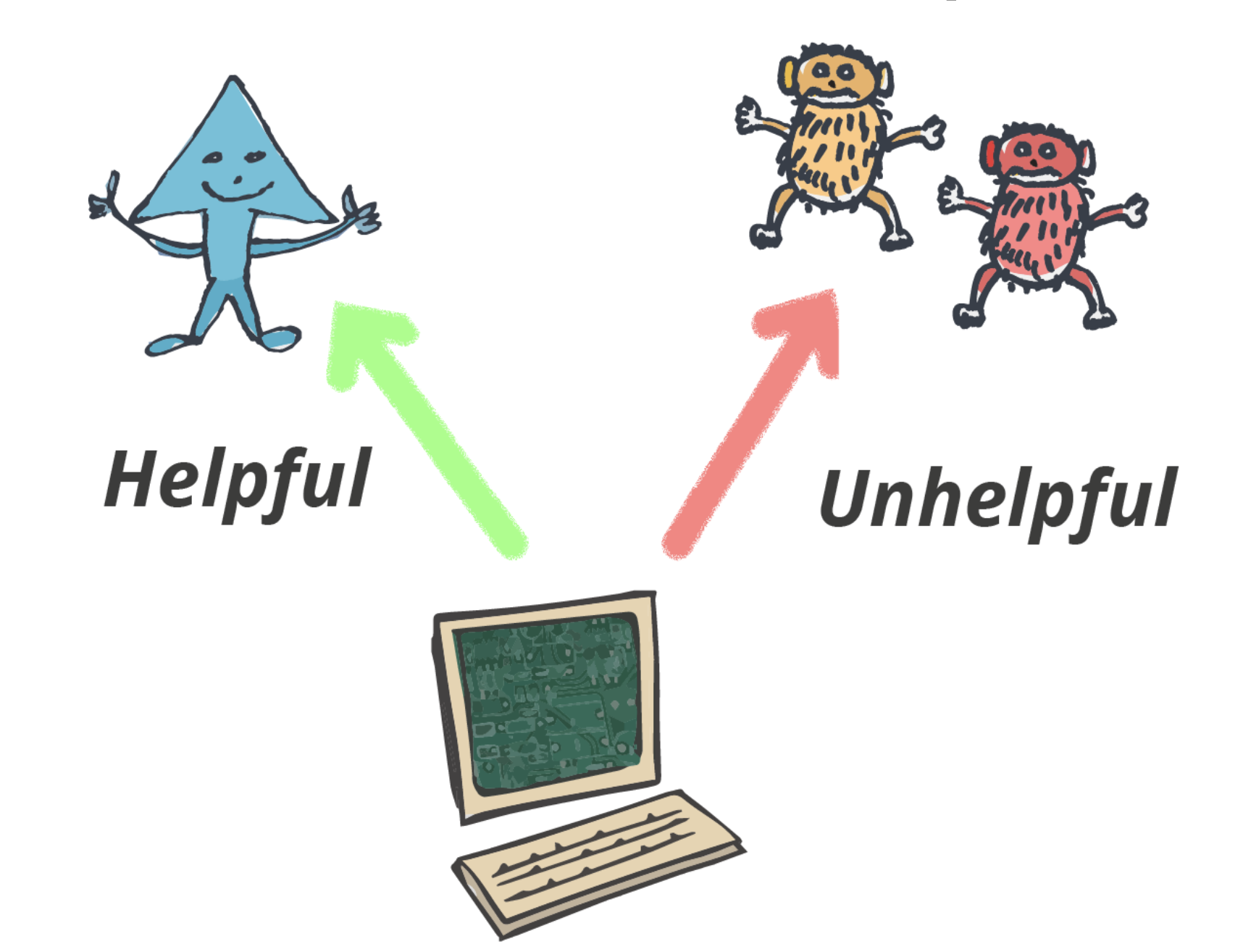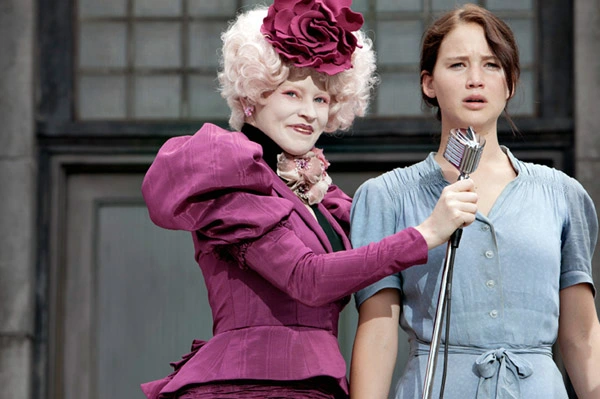Today, we see countless viral marketing trends emerging from social media platforms, especially since TikTok's rise in 2019. From dance challenges to music discoveries and fundraising campaigns, creating buzz has become significantly easier than it was a decade ago. These platforms enable brands and individuals to connect with audiences in innovative ways, highlighting the importance of authenticity and relatability in modern marketing.
You may remember the “Ice Bucket Challenge” that took the internet by storm 10 years ago. What made it such a massive sensation, and how did it alter the landscape of viral marketing we’re familiar with today?
What is the “Ice Bucket Challenge”?
Doc. Reuters
In the spring of 2014, geneticist John Landers and his colleagues requested USD 1 million from the ALS Association to participate in Project MinE, an international effort aimed at understanding the genetic basis of amyotrophic lateral sclerosis (ALS), also known as motor neurone disease (MND).
It is a progressive neurodegenerative disease that causes paralysis by destroying motor neurons in the spinal cord and brain. Currently, there is no known cure. The Centers for Disease Control and Prevention (CDC) estimates that ALS affects more than 31,000 people in the United States, with most living only two to five years after their symptoms begin.
The project seeks to sequence the DNA of 22,500 individuals, which would cost approximately USD 45 million, excluding the necessary equipment and analysis. While the ALS Association was excited about the project, it didn't have enough money to fund it.
Although the origins of the “Ice Bucket Challenge” are debated, it seems to have started as a general stunt to encourage charitable donations. Some of the early participants are Anthony Senerchia, Pete Frates, and Pat Quinn, three young men living with ALS.
The “Ice Bucket Challenge” engaged over 17 million people, who uploaded videos that were viewed more than 10 billion times by around 440 million individuals globally. In just six weeks, it generated an incredible USD 115 million in donations for those affected by ALS.
Prior to the “Ice Bucket Challenge”, the ALS Association dedicated USD 6 million each year to research projects. Since then, their annual funding has increased to approximately USD 19 million.
How did it become a sensation?
Doc. Google
The “Ice Bucket Challenge” was the perfect blend of fun, social responsibility, and digital interaction. It became more than a charity campaign. It was a social movement and a form of self-expression.
It quickly took off as participants began sharing their videos on social media. Each post motivated friends to join in, resulting in a snowball effect. Some of the biggest celebrities in the world like Taylor Swift, Justin Bieber, LeBron James, and Bill Gates soon joined the cause, significantly expanding its reach.
Social media played a key role in promoting the challenge, with platforms like Facebook, Instagram, and YouTube allowing for the quick sharing of videos. Additionally, the campaign’s success was driven by its ability to make people feel connected to a global movement while contributing to an important cause.
Is it just a faded memory?
Doc. ALS Association
While the “Ice Bucket Challenge” was a powerful movement for raising funds and awareness for ALS, it's important to consider its limitations. When asked to support rare diseases that don’t directly affect their lives, people may believe that participating in the challenge just once is enough.
For some, ALS may have been a fleeting thought during its viral moment a decade ago. As years go by, it’s easy for people to lose sight of issues that don’t directly impact them or their communities. This highlights the need for ongoing education and engagement to keep these critical issues at the forefront of people’s minds.
What can we learn from it?
Working in the public relations and marketing field, there is much to learn from this pioneering social media challenge. Its innovative approach provides valuable insights into effective engagement strategies and the power of community involvement.
- Creating shareable content
Effective public relations strategies focus on crafting content that is not only informative but also highly shareable. By creating visually appealing, entertaining, or emotionally resonant content, public relations can encourage audiences to share their messages organically. This approach fosters a sense of community and amplifies the public relations campaign's reach.
- The FOMO effect
The FOMO effect was crucial to the challenge's success, driving widespread participation through emotional connection. As people witnessed friends, family, and celebrities joining the challenge, they felt an urgent need to join in, fueled by peer pressure and the desire to be part of a larger community.
This emotional engagement not only fostered a sense of inclusion but also made participants feel personally connected to the cause, highlighting the importance of creating FOMO through authentic, relatable experiences in viral campaigns.
- Authenticity is key
Participants were viewed as truly dedicated to the cause, as they not only poured water over themselves but also contributed to ALS research and increased awareness of the disease. This authentic approach is essential to integrate into our public relations campaigns. It should benefit not just the company but also consider what impact it has on the community.
For public relations campaigns, fostering authentic engagement and aligning messaging with genuine causes can significantly amplify their impact and build stronger connections with target audiences.
Final Thoughts
From a public relations perspective, the “Ice Bucket Challenge” serves as a powerful case study of how to engage people genuinely and build a sense of community. By encouraging participants to create their own videos and involving celebrities, the campaign fostered a sense of togetherness and prompted many to join in.
The “Ice Bucket Challenge” not only raised significant funds for ALS research but also reshaped the way we view social activism in the digital age. It reminds us that when we tap into the passions and creativity of individuals, we can spark a wave of momentum that exceeds our expectations.
As public relations professionals, our goal should be to nurture authentic engagement and community-building, turning our campaigns into platforms for meaningful change. This way, our campaigns can become powerful tools for positive change. By bringing people together for a common cause, we can create a significant and lasting impact in the world.
In celebration of its 10th Anniversary, the ALS Association has launched the #IceBucket10 campaign to help make ALS a livable disease for everyone, everywhere, until they find a cure. Click here for more information!












